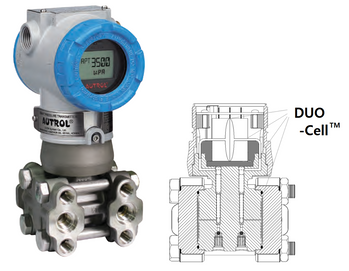The $261 Billion Defense Authorization: In Real Terms
Now t h a t President Clinton has signed the $261 billion defense authorization bill for fiscal year 1994, the question being asked by all companies affected by it is "what's in it for me?" Here's a breakdown of what the bill means to the shipbuilding industry.
ECONOMIC CONVERSION The bill authorizes $2.55 billion for programs aimed at helping government and private sector defense workers, defense contractors and their communities adapt to a longt e rm retrenchment in defense spending. The bulk of that total, $2.22 billion, is earmarked to help defense firms reorient themselves toward finding commercial markets. This includes $624 million, or $300 million more than the President requested, for "dual use" partnerships to help small- and medium- sized firms develop technologies t h a t have military applications but also would give companies a foothold in the commercial arena.
The bill also includes $ 197 million to help domestic shipbuilding companies become competitive in the construction of commercial ships. And it has several provisions intended to speed the search for new job-producing uses for abandoned military bases.
The total authorized for operations and maintenance programs fell $2.1 billion short of President Clinton's request, totaling $87.4 billion. Added funds to boost the combat-readiness of forces in the field include $300 million for major overhauls of ships, planes and vehicles in military depots.
THE NAVY'S CUT The bill authorizes $2.64 billion, as requested, for three Arleigh Burke-class destroyers. It provides $373 million, or $19 million more than requested, for a program in- tended to link the radars of several types of ships and aircraft so a fleet can protect itself better from highspeed missiles.
Also authorized was $240 million, as requested, to develop a new nuclear submarine. Dubbed Centurion, it is intended to be less expensive than the two Seawolf-class ships currently under construction. The administration has plans to buy only one more Seawolf.
In a move which reflects the changing world political climate, $50 million was included to adapt existing Los Angeles-class subs for a sonar system designed for the new Seawolf class. This reflects changes in the Navy's subhunting efforts, from finding Soviet nuclear-powered submarines in the ocean depths to finding other countries' smaller, non-nuclear-powered submarines in relatively shallow water.
Also added to the budget is $10 million to test the ability of powerful computers to make existing sonars on some older ships more effective in detecting submarines in shallow water.
Finally, the bill authorizes the $894 million requested for a helicopter carrier the size of a mediumsized aircraft carrier. The ship is designed to carry 2,000 Marines, plus helicopters and barges to haul them ashore.





